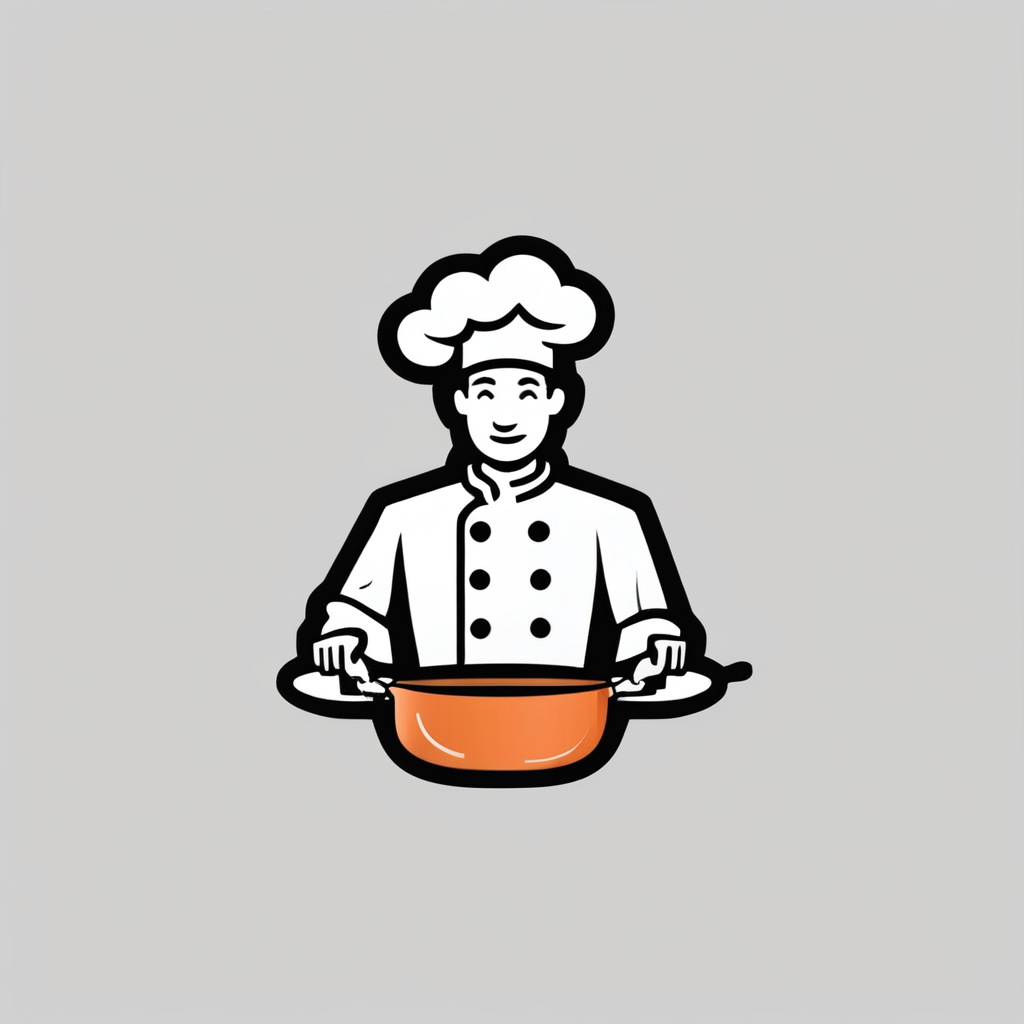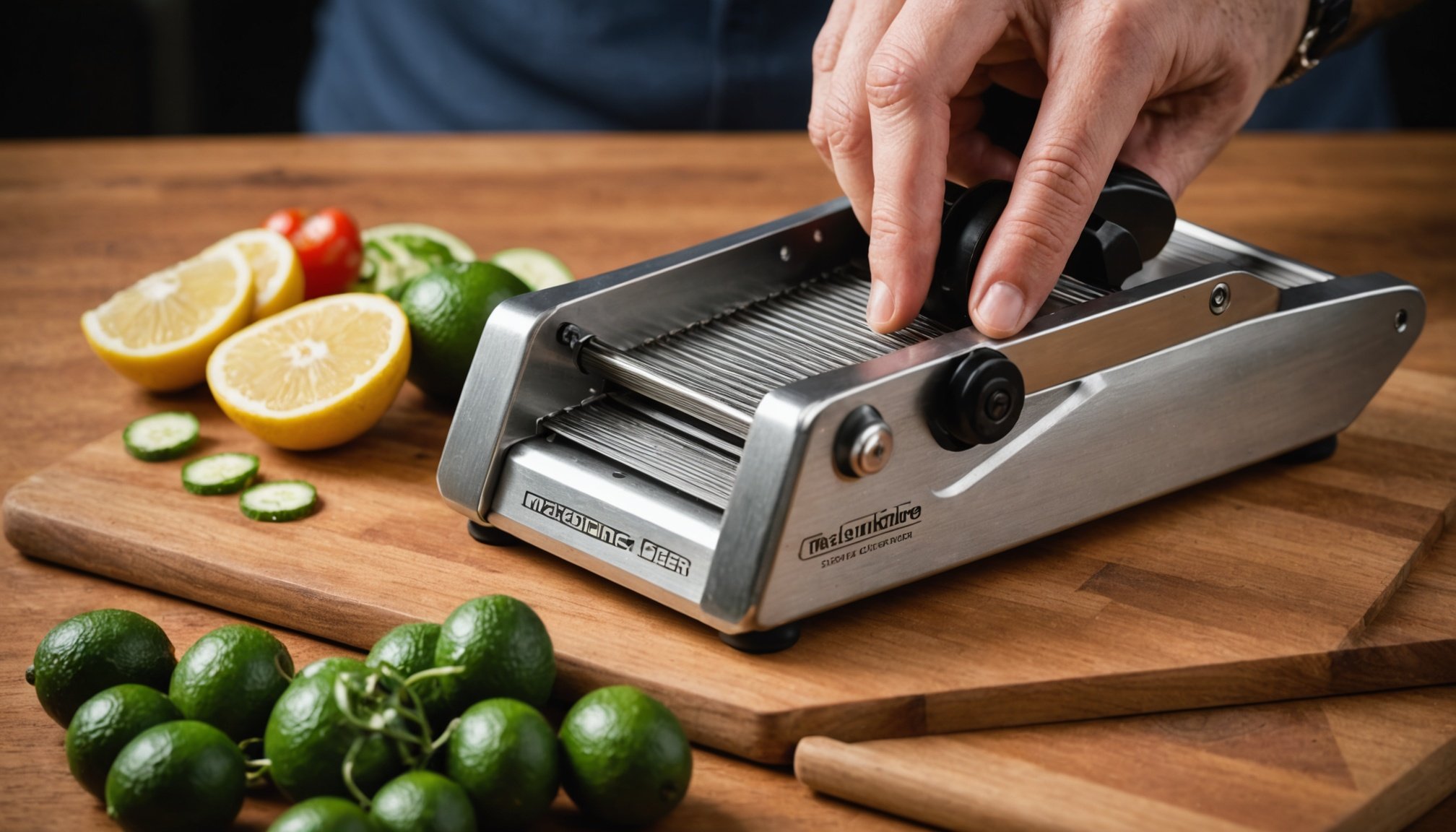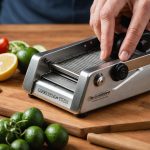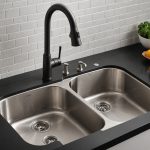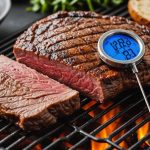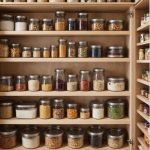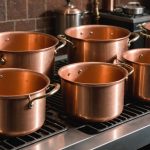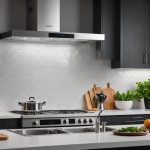Unlocking Precision: The Best Blade Material for Your Mandoline Slicer
When it comes to preparing meals in your kitchen, having the right tools can make all the difference. One of the most versatile and essential tools for any home chef or professional is the mandoline slicer. However, the performance and durability of your mandoline slicer largely depend on the material of its blade. In this article, we will delve into the best blade materials for your mandoline slicer, exploring their characteristics, benefits, and how they can enhance your kitchen experience.
Understanding the Importance of Blade Material
The blade material of your mandoline slicer is crucial for several reasons. It affects the precision of your cuts, the ease of use, and the overall longevity of the tool. Here are a few key factors to consider:
Also to see : Top Scratch-Resistant Materials for Your Kitchen Sink: Which One Reigns Supreme?
Precision and Cutting Performance
A high-quality blade material ensures that your slices are even and precise. For instance, a stainless steel blade, like those found in the KSP Express ‘All-In-1’ Mandoline Slicer, is known for its sharpness and ability to maintain its edge over time[1].
Durability
The durability of the blade is another critical aspect. Materials that are resistant to corrosion and wear will last longer and require less maintenance. Damascus steel, for example, is renowned for its durability and is often used in high-quality knives and cutting tools[2].
Also to discover : Top Automatic Pan Stirrer Picks for Perfect Risotto Every Time
Ease of Use
The ease of use is also heavily influenced by the blade material. A sharp and well-maintained blade makes slicing and julienning easier, reducing the risk of accidents. The KSP All In 1 Mandoline Slicer and Grater, with its easily removable blades, exemplifies this ease of use[4].
Stainless Steel: A Popular Choice for Mandoline Slicers
Stainless steel is one of the most common and reliable materials for mandoline slicer blades. Here are some reasons why it stands out:
Corrosion Resistance
Stainless steel is highly resistant to corrosion, which makes it ideal for kitchen use where it may be exposed to moisture and various foods.
Sharpness and Edge Retention
Stainless steel blades are known for their sharpness and ability to retain their edge. This ensures consistent performance over time, making it easier to slice and julienne vegetables and fruits.
Easy Maintenance
Stainless steel blades are generally easy to clean and maintain. Many models, such as the KSP Express ‘All-In-1’ Mandoline Slicer, are dishwasher safe, making the cleaning process effortless[1].
Cost-Effective
Stainless steel is generally more affordable than other high-quality materials like Damascus steel, making it a cost-effective option for many home chefs.
Damascus Steel: The Premium Option
For those looking for the best in terms of performance and aesthetics, Damascus steel is an excellent choice.
Layered Construction
Damascus steel knives and blades are made with a layered construction, typically featuring a high carbon core wrapped in multiple layers of steel. This design enhances the blade’s sharpness, durability, and resistance to corrosion[2].
Aesthetic Appeal
Damascus steel blades are not only functional but also visually appealing. The layered pattern adds a touch of elegance to any kitchen, making it a favorite among professional chefs and home cooks alike.
Precision Cutting
The high carbon core in Damascus steel blades ensures incredibly sharp cuts, making them ideal for precision slicing and julienning.
Other Materials: A Brief Overview
While stainless steel and Damascus steel are the most popular choices, other materials are also worth considering:
Carbon Steel
Carbon steel blades are known for their sharpness but require more maintenance than stainless steel. They need to be regularly sharpened and oiled to prevent rust.
Ceramic
Ceramic blades are another option, known for their sharpness and resistance to corrosion. However, they can be more brittle and prone to chipping compared to metal blades.
Features to Look for in a Mandoline Slicer Blade
When selecting a mandoline slicer, here are some key features to consider:
- Adjustable Thickness: The ability to adjust the thickness of your slices is crucial. Look for mandolines with adjustable blades, like the Carolina Cooker Mandoline Slicer, which allows for a range of slicing options[5].
- Interchangeable Blades: Having interchangeable blades can extend the versatility of your mandoline slicer. The KSP All In 1 Mandoline Slicer and Grater comes with multiple removable blades for different tasks[4].
- Blade Guard and Hand Guard: Safety features such as blade guards and hand guards are essential to prevent accidents. The KSP Express ‘All-In-1’ Mandoline Slicer includes both for added safety[1].
- Dishwasher Safe: Easy maintenance is a plus. Opt for mandolines with dishwasher-safe parts to make cleaning a breeze.
Practical Insights and Actionable Advice
Here are some practical tips to get the most out of your mandoline slicer:
Maintenance Tips
- Regular Cleaning: Clean your mandoline slicer after each use to prevent food residue from building up.
- Sharpening: Regularly sharpen your blade to maintain its edge. For stainless steel blades, a simple sharpening stone can do the trick.
- Storage: Store your mandoline slicer in a dry place to prevent rust. Foldable legs, like those on the KSP Express ‘All-In-1’ Mandoline Slicer, can help with storage[1].
Safety Precautions
- Use Hand Guards: Always use the hand guard when slicing to protect your fingers.
- Cut on a Stable Surface: Ensure your cutting board or surface is stable and non-slip to prevent accidents.
Choosing the Right Blade for Your Needs
- Consider Your Tasks: If you frequently slice firm vegetables, a stainless steel blade might be sufficient. For more precise cuts and aesthetic appeal, consider a Damascus steel blade.
- Budget: Determine your budget and balance it with the quality and features you need.
Comparative Table: Key Features of Different Mandoline Slicers
Here is a comparative table highlighting some key features of different mandoline slicers:
| Model | Blade Material | Adjustable Thickness | Interchangeable Blades | Dishwasher Safe | Price |
|---|---|---|---|---|---|
| KSP Express ‘All-In-1’ | Stainless Steel | Yes (1 mm to 9 mm) | No | Yes | $29.99[1] |
| KSP All In 1 Mandoline Slicer and Grater | Stainless Steel | Yes | Yes (4 removable blades) | Yes | $19.99[4] |
| Carolina Cooker Mandoline Slicer | Stainless Steel | Yes | No | No | -[5] |
| Multi Blade Vegetable Slicer (Alibaba) | Stainless Steel | Yes | Yes (multiple blades) | – | $2.35-$2.45[3] |
Quotes from Experts and Users
- “A good mandoline slicer is an essential tool in any kitchen. The quality of the blade can make all the difference in the precision and ease of your cuts.” – Professional Chef
- “I recently switched to a Damascus steel knife and it has transformed my cooking experience. The sharpness and durability are unmatched.” – Home Cook
- “For beginners, a stainless steel mandoline slicer is a great starting point. It’s easy to use, clean, and maintain.” – Cooking Instructor
Choosing the right blade material for your mandoline slicer is a critical decision that can significantly impact your kitchen experience. Whether you opt for the reliability and affordability of stainless steel or the premium performance and aesthetics of Damascus steel, understanding the characteristics and benefits of each material will help you make an informed decision.
By considering factors such as precision, durability, ease of use, and maintenance, you can select a mandoline slicer that meets your needs and enhances your cooking experience. Remember to always prioritize safety, maintain your tool regularly, and choose features that align with your kitchen tasks.
In the end, the best blade material for your mandoline slicer is one that balances quality, functionality, and your specific needs, ensuring that every slice and julienne is a testament to precision and culinary excellence.
